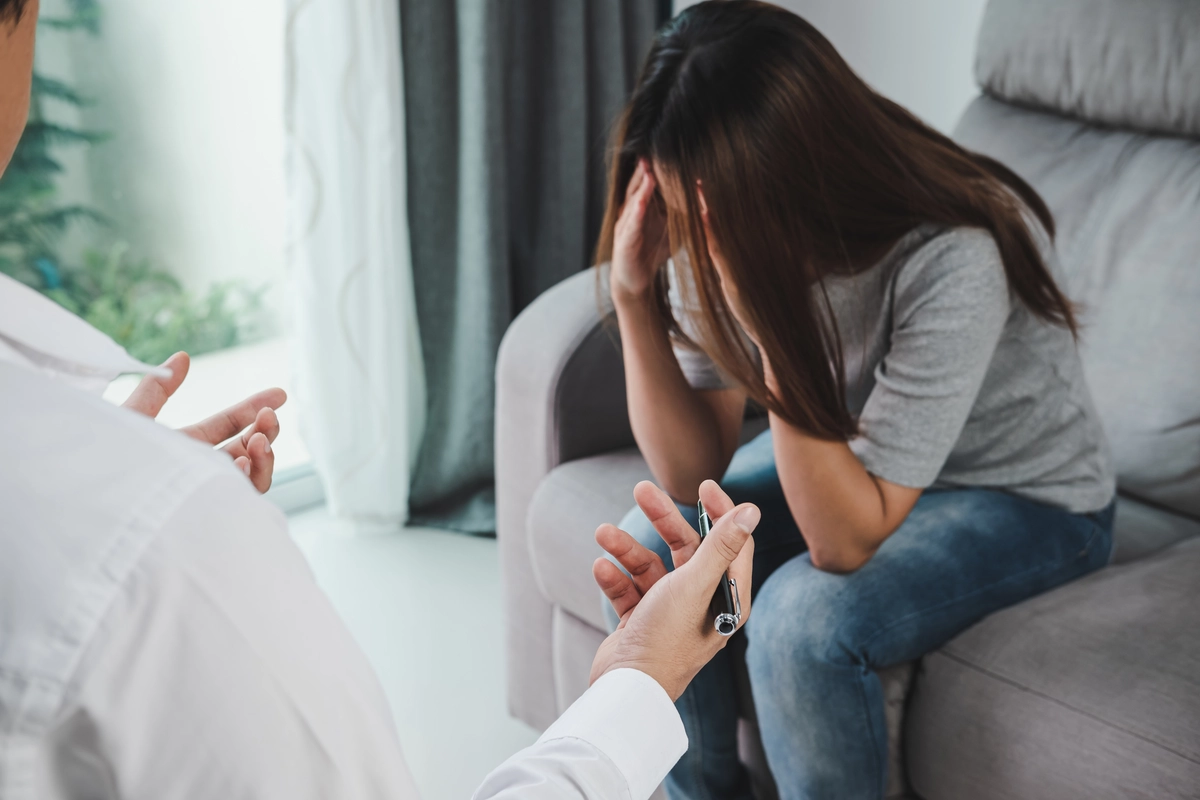24/7 Helpline:
(866) 899-111424/7 Helpline:
(866) 899-1114
Learn more about Eating Disorder Treatment centers in Paia
Eating Disorder Treatment in Other Cities

Other Insurance Options

State Farm

MHNNet Behavioral Health

Regence

American Behavioral

UnitedHealth Group

MVP Healthcare

Excellus

Optum

Health Partners

Amerigroup

Health Choice

Sliding scale payment assistance

UMR

Carleon

AllWell

WellCare Health Plans

Ceridian

BlueShield

Meritain

BHS | Behavioral Health Systems








Maui Memorial Medical Center – Behavioral Health
Maui Memorial Medical Center - Behavioral Health is an alcohol and drug rehab center in Wailuku, Haw...

Aloha House
Aloha House, located in Makawao, Hawaii provides comprehensive, person-centered behavioral health in...

Ohana Makamae
Ohana Makamae is a private rehab located in Hana, Hawaii. Ohana Makamae specializes in the treatment...

Aloha House – Residential Treatment
Aloha House, located in Makawao, Hawaii provides comprehensive, person-centered behavioral health in...

Maui Therapy
Maui Therapy offers counseling and therapy to individuals, couples, and families in a convenient loc...

Behavioral Health Hawaii
Behavioral Health Hawaii is a private rehab located in Kihei, Hawaii. Behavioral Health Hawaii speci...






















Aloha House – Outpatient Services
Aloha House is a private, nonprofit organization established in 1977 to provide services to individu...

Akamai Recovery Maui
Akamai Recovery Maui offers comprehensive outpatient recovery services to individuals and their fami...

International Christian Recovery Coalition
International Christian Recovery Coalition is a private rehab located in Kihei, Hawaii. Internationa...

Ka Hale Pomaikai
Ka Hale Pomaikai is a private rehab located in Kaunakakai, Hawaii. Ka Hale Pomaikai specializes in t...

Maui Youth and Family Services
Maui Youth and Family Services empower youth and families challenged with behavioral health issues t...

Aloha House – Outpatient
Aloha House is a private, nonprofit organization established in 1977 to provide services to individu...





































































































